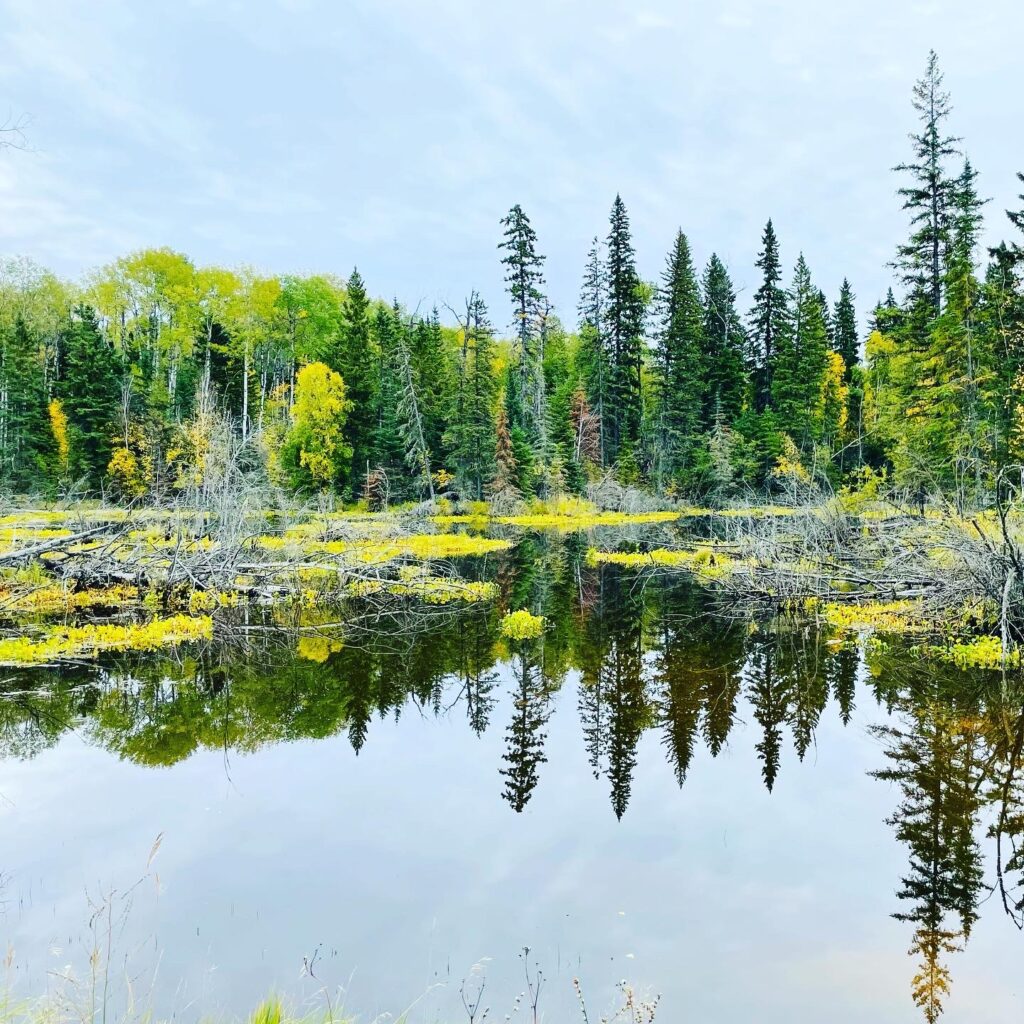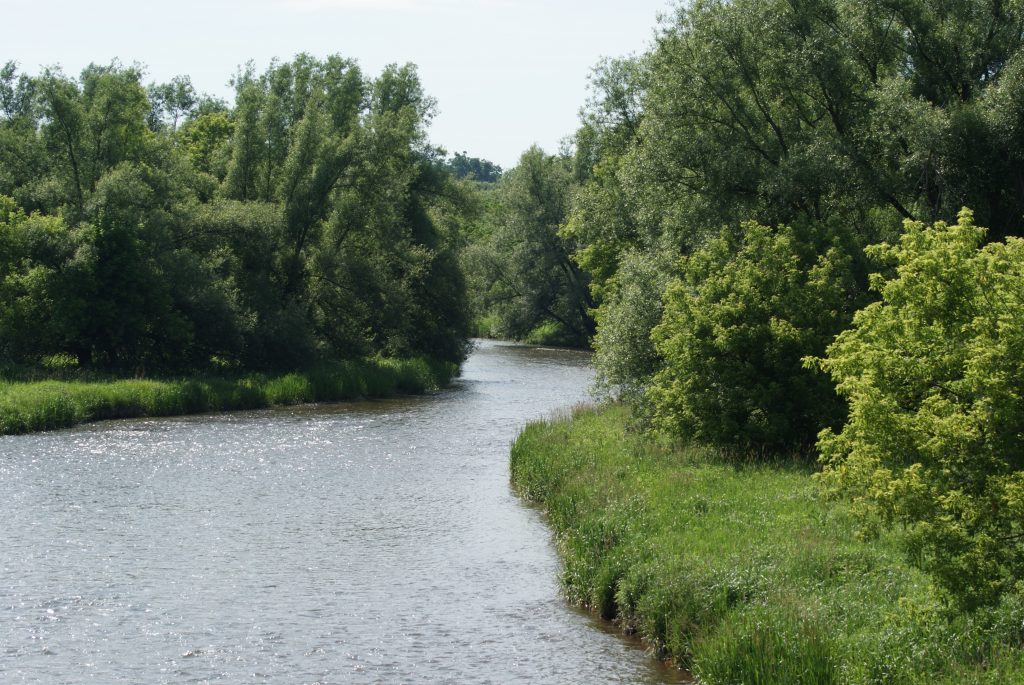I live in a small Greenbelt community, home to both farming and housing. Being closer to urban markets is good for farmers, and having local food available is wonderful for residents. Near urban agriculture offers both opportunities and challenges.
I see farmers trying to drive tractors down congested roads. I’m heartened by the number of young people coming back to the farm, running roadside markets and growing crops. I also hear from long-time farmers trying to keep the family farm running, despite developers knocking on their doors and some residents complaining about the smells and noises emanating from the farms.
As our housing continues to impinge on farmland, we can expect more of the same. Like many of you, I don’t believe it is a question of one or the other, houses or farms, but how can we live together and support each other?
Consider the case of Vaughan resident and farm owner Gilllian Evans. Located in the Greenbelt, Gill’s family farm has been in the family for generations. The farm is right next door, to a proposed housing development. The development includes land within the Greenbelt but as the development application pre-dated the Greenbelt legislation it can go ahead. Gill has been trying to gain support from Vaughan Council to provide buffers between the new housing development and her existing farm. She suggests the onus should be on the development company building the subdivision next to her already existing farm to provide that buffer. Other jurisdictions in Canada have provided leadership in protecting agricultural lands and farming practices from urban development. Gill is hoping Vaughan and York Region take similar steps to protect Ontario farmers.
In Ontario, the Greenbelt Plan protects agricultural lands, natural spaces and water resources and the Places to Grow Plan directs urban growth to urban areas. But what happens when the two uses (farming and housing) collide on the edge of the Greenbelt?
Development on the edge of natural heritage areas in the Greenbelt, such as streams and woodlands requires buffers, planted areas which shield the uses from each other. Buffers act to control runoff and reduce impacts to the natural areas at the fringe of the development so the two conflicting uses can continue alongside each other. Buffers between agriculture and housing seems like a smart solution, for both farms and residents.
It’s clear we need to protect our remaining farmland. Only five per cent of Ontario’s land base is suitable for farming and we are losing agriculturally productive land at an alarming rate. According to Statistics Canada, we lost 260,000 hectares of farmland between 2006 and 2011. Our food security depends on us protecting farmlands for future generations.
Gill isn’t alone in trying to keep her family farm thriving. While a buffer may answer her present needs, the rural urban conflicts are not going away. How do we help agriculture thrive in near urban areas? That’s a discussion that needs to continue, but at least we have a provincial plan that protects near urban agricultural land under threat from being paved over.
It costs 50 per cent more to build houses on greenfield (generally agricultural lands) than on existing urban lands. As growth pressures continue, we need to grow up, not out. Not only is it a more effective use of our tax dollars but it will help relieve the growth pressure on our vanishing productive agricultural lands.








